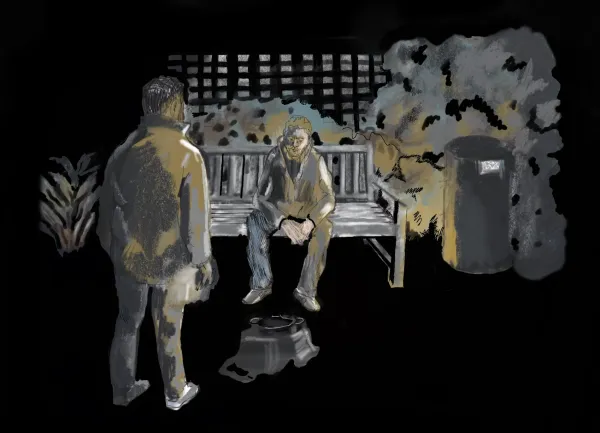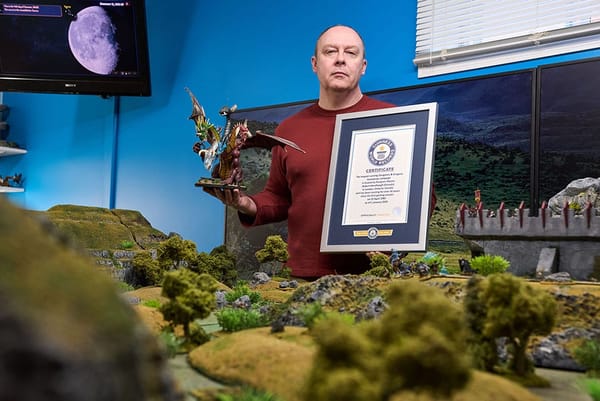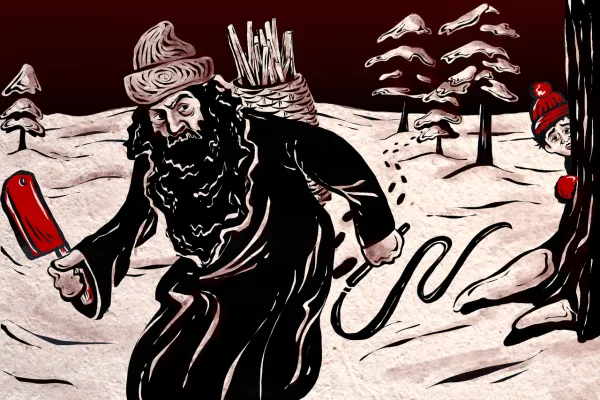You used to be able to buy heroin from the Sears catalog
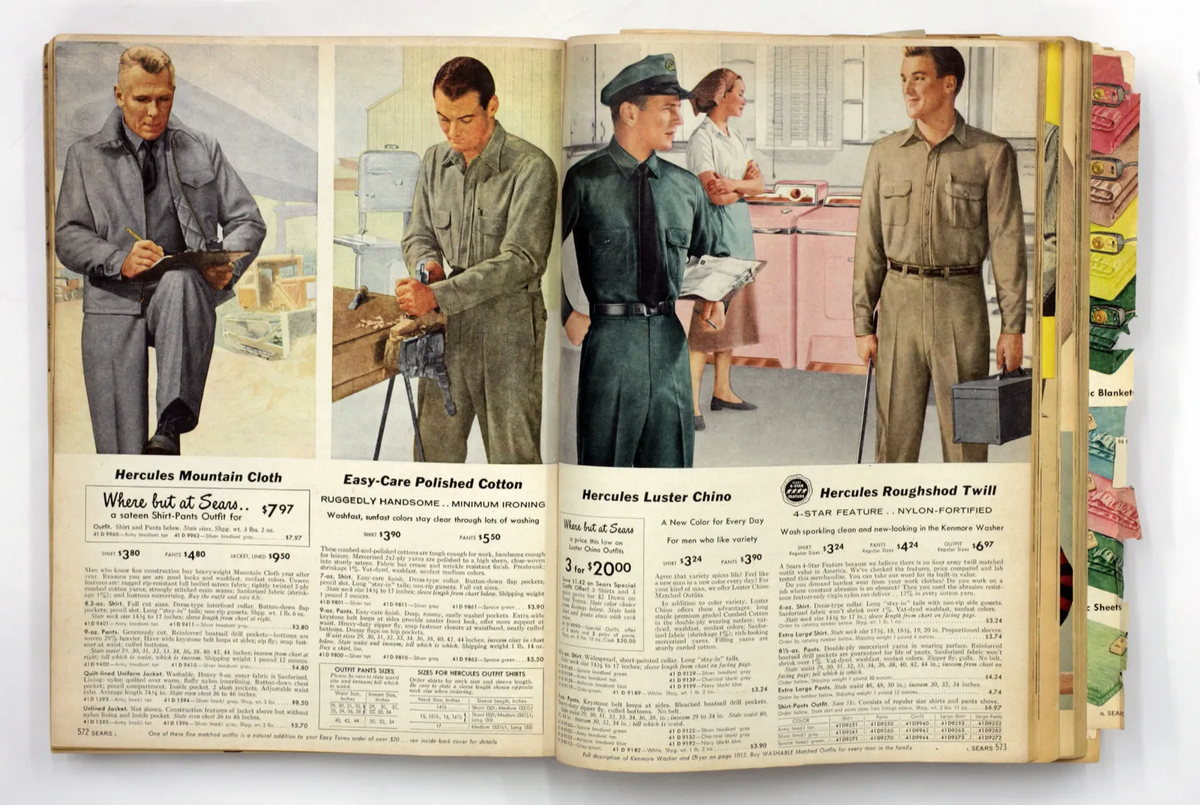
From the Smithsonian: "During the late 19th century, in the years following the Civil War, Americans—mostly ailing veterans—were hooked on morphine. Syringes, which were sold at drugstores, allowed people to administer the opiate themselves. So with a morphine epidemic sweeping the country, Bayer offered a hot new solution: heroin. The drug, Bayer claimed, was not only stronger than morphine but also far less addictive—so much so that it was billed as the antidote to morphine dependency. Plus, it purportedly had the added benefit of healing the lungs, allowing patients suffering from breathing disorders—asthma or bronchitis or a chest infection—to finally find relief. According to the Atlantic, Sears sold two vials of heroin for $1.50 (some $50 today). The company even threw in a syringe, two needles and a heroin-kit carrying case."
Why are knights in illustrated manuscripts shown fighting giant snails?
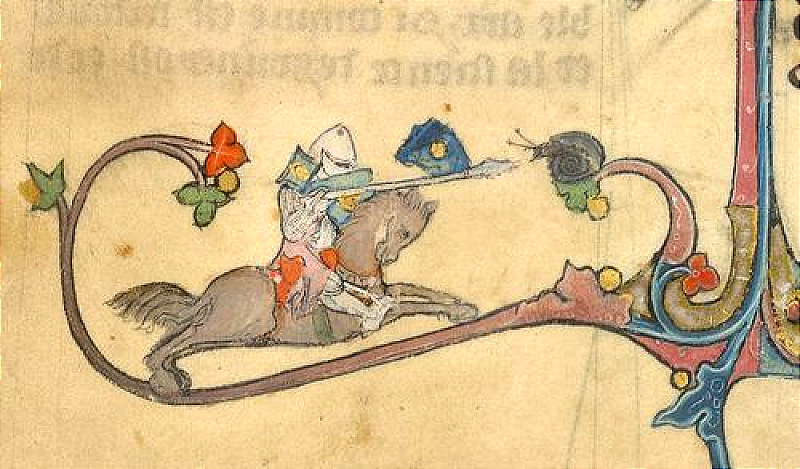
From Open Culture: "Why do illustrated manuscripts show knights doing battle with giant snails? Boars, lions, and bears we can understand, but … snails?Theories abound. In medievalist Lilian M. C. Randall’s 1962 essay “The Snail in Gothic Marginal Warfare,” she describes some 70 instances of man-on-snail combat in 29 manuscripts dating from the late 1200s to early 1300s. She believes that the tiny mollusks were stand ins for the Germanic Lombards who invaded Italy in the 8th century. After Charlemagne trounced the Lombards in 772, declaring himself King of Lombardy, the vanquished turned to usury and pawnbroking, earning the enmity of the rest of the populace, even those who required their services. Their profession conferred power of a sort, the kind that tends to get one labelled cowardly, greedy and malicious."
He had an argument with his wife so he went for a walk that covered almost 300 miles

From the BBC: "An Italian man stepped outside to cool off after quarrelling with his wife - and ended up walking 450km (280 miles). Italians nicknamed him "Forrest Gump" on social media, after the slow-witted hero of a 1994 movie, played by Tom Hanks, who runs thousands of miles across the United States. Police stopped the Italian's epic walk at 2am in Fano on the Adriatic coast, a week after he left Como in the north. The man, 48, got a €400 police fine for breaching the COVID curfew. Some comments on social media presented the man as heroic and criticised the fine. One said he should have been rewarded - not fined - and given a new pair of shoes. Another praised him for walking off to cool his anger, rather than resorting to violence. Police found him wandering aimlessly and cold at night on a coastal highway. After checking his ID in their database they found that his wife had reported him missing, so they contacted her."
Hi everyone! Mathew Ingram here. I am able to continue writing this newsletter in part because of your financial help and support, which you can do either through my Patreon or by upgrading your subscription to a monthly contribution. I enjoy gathering all of these links and sharing them with you, but it does take time, and your support makes it possible for me to do that. I also write a weekly newsletter of technology analysis called The Torment Nexus.
The Wound Man: From medical illustration to international art sensation

From Nautilus: "The Wound Man is an image at once troubling and enigmatic. A male figure looks out from the parchment page bearing a multitude of graphic wounds. His skin is covered in bleeding cuts and lesions, stabbed and sliced by elaborately detailed knives, spears, and swords of varying sizes, many of which remain stuck threateningly in the body. His head and thighs are pierced with arrows, some intact, some snapped down to just their heads or shafts, their fletching feathering his form. A club metes out blunt trauma at the shoulder, while inside his chest — rendered eerily transparent so as to reveal the structure of his intestines, lungs, spleen — the tip of a dagger punctures his heart. The diagram has inspired a wide range of art of various kinds: In 1957, Ian Fleming wrote to his publisher to suggest that instead of its current title, Dr. No, the sixth book in his James Bond series should be renamed The Wound Man, after a historical picture he said he had recently come across in a pamphlet."
The zipper was originally called The Hookless Hooker and was used on rubber boots

From Articles of Interest: "When Whitcomb Judson invented the precursor to the zipper in the late 1800s, he wasn’t exactly problem solving. He just kind of wanted to be an inventor and invent something. This “automatic hook and eye” device sort of chugged along for 20 years until a love story changed everything. An engineer named Gideon Sundback gets roped into the automatic hook and eye business only because he falls in love with the factory manager’s daughter. Sundback cracks this device by getting rid of the hooks, and through trial and error gets to something that looks… a lot like the modern zipper. He calls it… The Hookless Hooker. That is the name of the device. It doesn’t get the nickname “the zipper” until the fastener gets put on rubber boots in 1923. B.F Goodrich calls the boots themselves “the zipper.” When the boots themselves go out of style, the name of the fastener sticks. To the point where the Hookless Fastener Company starts to call its own products Zippers. They eventually change their own name to Talon Inc."
What it looks like to work on high-voltage power lines from a helicopter

Acknowledgements: I find a lot of these links myself, but I also get some from other newsletters that I rely on as "serendipity engines," such as The Morning News from Rosecrans Baldwin and Andrew Womack, Jodi Ettenberg's Curious About Everything, Dan Lewis's Now I Know, Robert Cottrell and Caroline Crampton's The Browser, Clive Thompson's Linkfest, Noah Brier and Colin Nagy's Why Is This Interesting, Maria Popova's The Marginalian, Sheehan Quirke AKA The Cultural Tutor, the Smithsonian magazine, and JSTOR Daily. If you come across something interesting that you think should be included here, please feel free to email me at mathew @ mathewingram dot com
